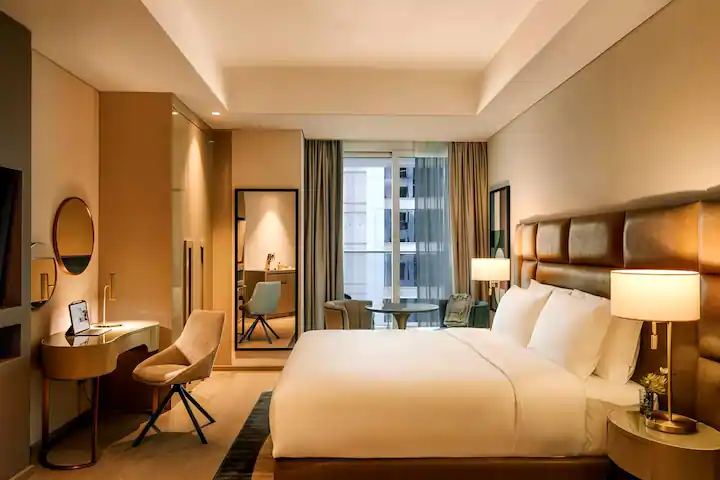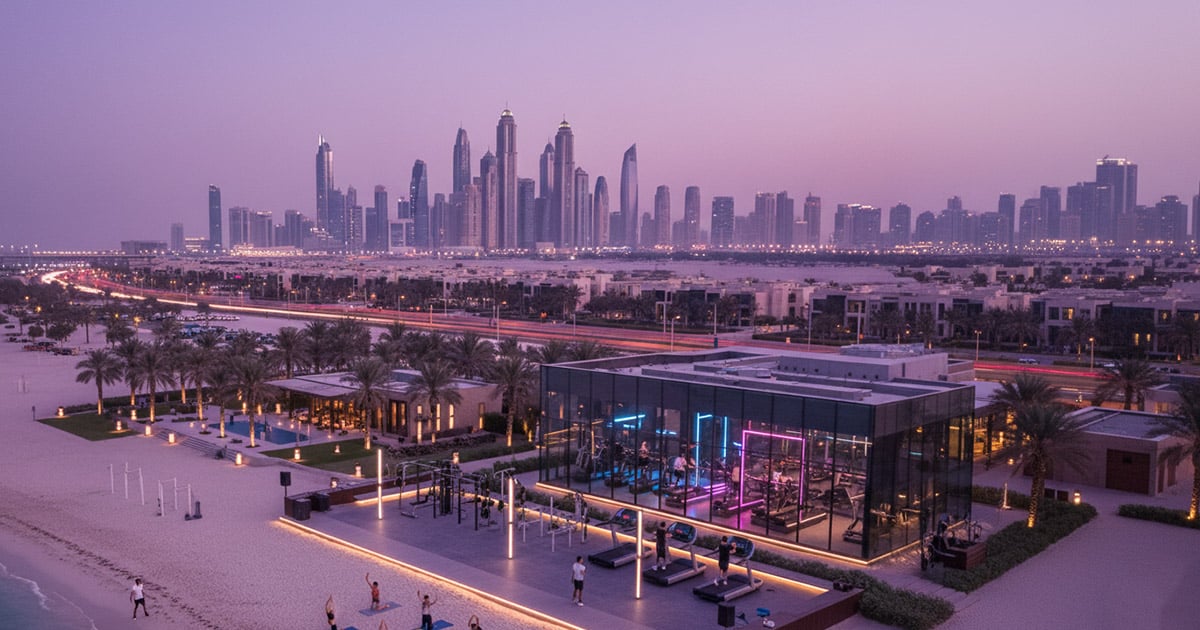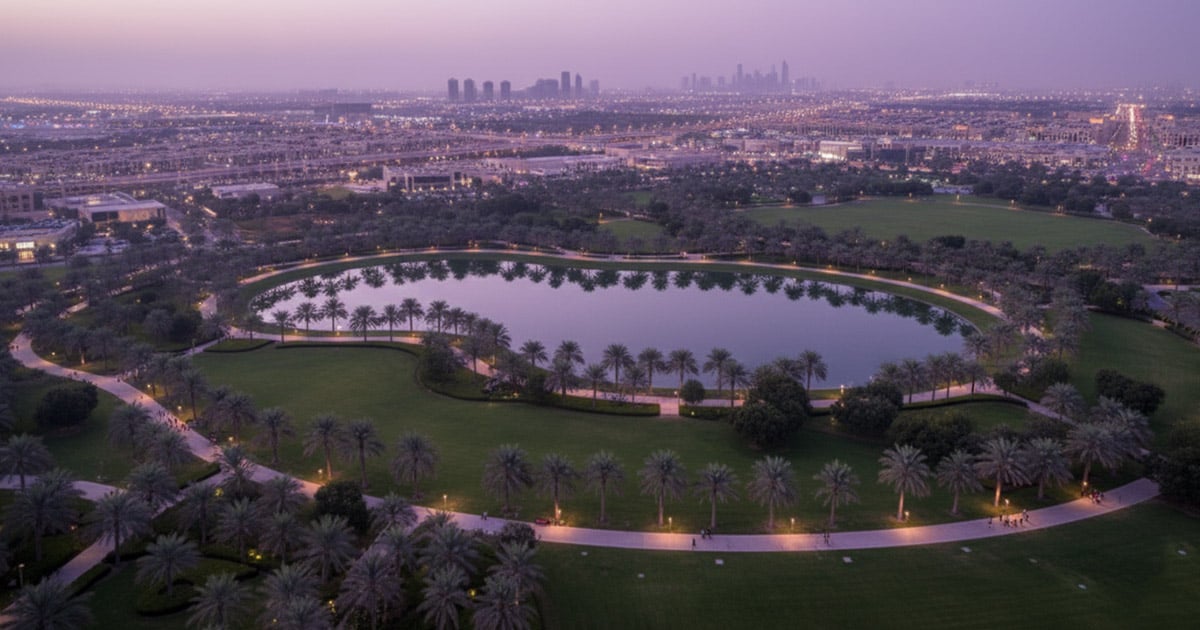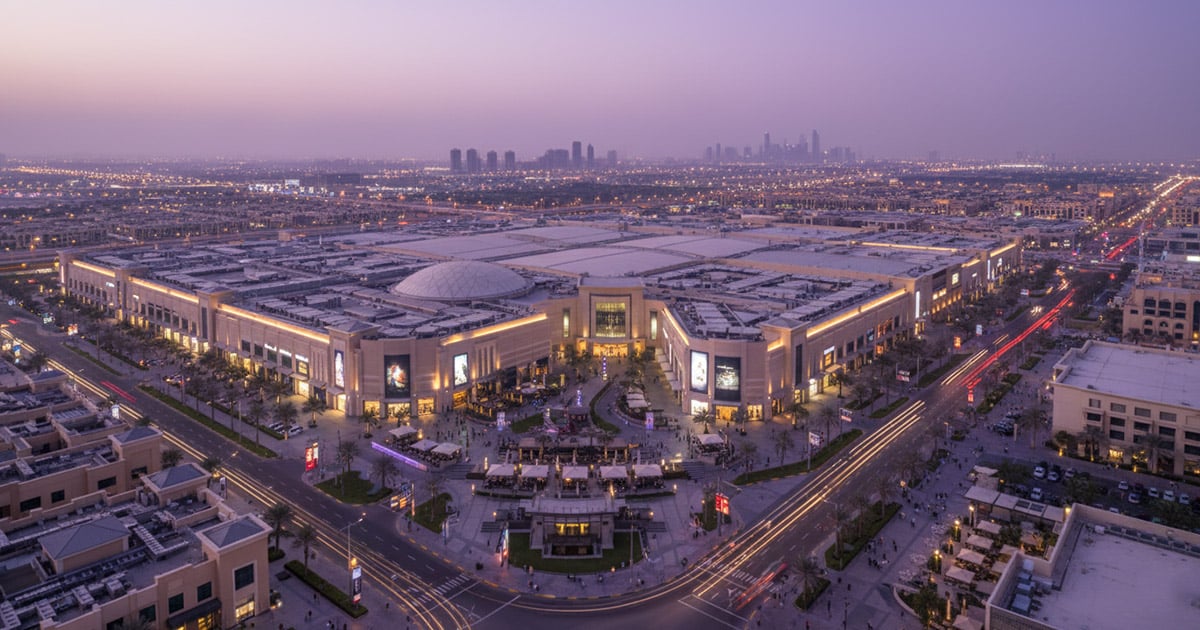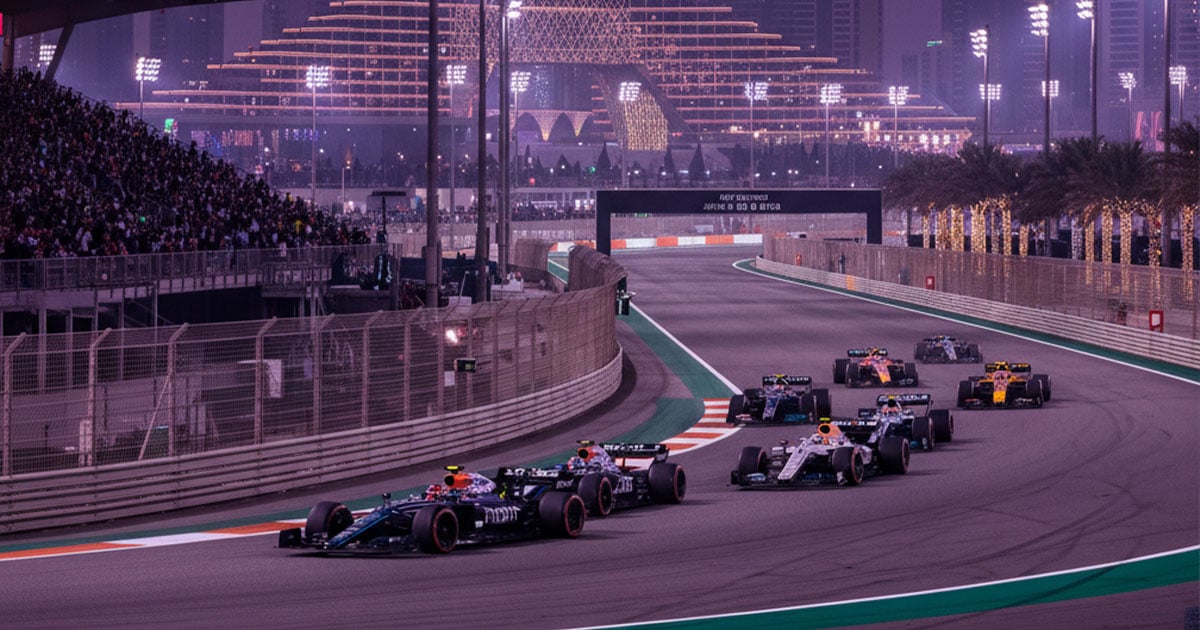Introduction
When most people think of the United Arab Emirates (UAE), they envision towering skyscrapers, sprawling deserts, and luxurious resorts. However, nestled within this modern landscape are hidden gems of natural beauty: the oases of the UAE. These verdant havens are rich in history, culture, and natural splendor, offering a serene escape from the urban hustle. Let’s embark on a journey to explore these captivating oases, each with its unique charm and story.
The Magic of Oases
An oasis is a fertile area in a desert where water is naturally available from springs or underground sources, making it possible for vegetation to thrive. These green pockets have historically been vital for the survival and development of human settlements in arid regions. In the UAE, oases are not just geographical features; they are cultural landscapes that have supported communities for centuries.
Al Ain Oasis: A UNESCO World Heritage Site
Located in the heart of the city of Al Ain, Al Ain Oasis is the UAE’s largest and most famous oasis. Spanning over 1,200 hectares, this oasis is a lush green sanctuary with over 147,000 date palms and other fruit-bearing trees. Al Ain Oasis is a UNESCO World Heritage Site, recognized for its ancient falaj irrigation system, which has been in use for over 3,000 years.
The falaj system is a network of narrow channels that distribute water from underground wells and springs to the palm groves. Walking through the shaded pathways of Al Ain Oasis, visitors can admire the intricate irrigation channels and learn about traditional farming methods that have sustained life in this harsh environment.
Liwa Oasis: The Gateway to the Empty Quarter
Liwa Oasis, located on the edge of the Rub’ al Khali (the Empty Quarter), is one of the most remarkable oases in the UAE. This vast desert region is the largest continuous sand desert in the world. Liwa Oasis is a series of settlements that stretch over 100 kilometers, forming an arc along the desert’s edge.

Liwa is renowned for its spectacular sand dunes, some of which are the tallest in the world. The oasis is also famous for its date palm plantations and annual Liwa Date Festival, where the finest dates are celebrated and traded. Visitors to Liwa can experience traditional Bedouin culture, explore ancient forts, and marvel at the breathtaking desert landscapes.
Hatta: A Mountain Oasis
Nestled in the Hajar Mountains, Hatta is a picturesque mountain oasis that offers a refreshing contrast to the UAE’s desert scenery. Hatta is known for its natural beauty, with rocky terrain, clear blue waters, and lush greenery. The area is home to the Hatta Dam, a stunning reservoir surrounded by mountains, which is a popular spot for kayaking and paddleboarding.
Hatta also boasts the Hatta Heritage Village, a restored 16th-century village that provides a glimpse into the traditional Emirati way of life. Visitors can explore mud-brick houses, watchtowers, and mosques, and learn about local customs and crafts. The surrounding mountains offer numerous hiking and biking trails, making Hatta a perfect destination for outdoor enthusiasts.
Al Bithnah Oasis: A Historical Gem
Located in the emirate of Fujairah, Al Bithnah Oasis is a lesser-known but historically significant oasis. This serene oasis is situated near the Al Bithnah Fort, a historic fortification that dates back to the 18th century. The fort played a crucial role in protecting the area from invaders and controlling trade routes.
Al Bithnah Oasis is characterized by its tranquil atmosphere, with date palms and agricultural fields nourished by natural springs. The surrounding landscape is dotted with archaeological sites, including ancient tombs and petroglyphs, offering a fascinating insight into the region’s rich history.
The Cultural Significance of Oases
Oases in the UAE are not just natural wonders; they are deeply intertwined with the country’s cultural heritage. Historically, these fertile areas were vital for trade, agriculture, and settlement. They served as resting points for caravans, providing water and sustenance for travelers and their animals. The traditional falaj irrigation systems, still in use today, highlight the ingenuity and resilience of early inhabitants in managing scarce water resources.
Oases have also been centers of social and cultural life. They were places where people gathered for festivals, markets, and community events. The date palm, a common feature in UAE oases, holds significant cultural and economic value. Dates have been a staple food and a symbol of hospitality, often shared with guests and during religious occasions.
Modern-Day Oasis Tourism
Today, the oases of the UAE have become popular tourist destinations, offering visitors a chance to connect with nature and experience the country’s heritage. Tourism initiatives have focused on preserving these unique landscapes while making them accessible and enjoyable for visitors.
At Al Ain Oasis, for instance, the Eco-Centre provides educational exhibits about the oasis ecosystem, sustainable farming practices, and the falaj irrigation system. Guided tours and interactive displays help visitors understand the importance of oases in the UAE’s history and their role in contemporary society.
In Liwa, adventure tourism is on the rise, with activities like dune bashing, camel trekking, and camping in the desert attracting thrill-seekers. The annual Liwa Date Festival continues to draw visitors from around the world, celebrating the region’s agricultural heritage and offering a taste of traditional Emirati hospitality.
Hatta has emerged as a hub for eco-tourism and outdoor activities. The Hatta Wadi Hub offers a range of adventure sports, including mountain biking, zip-lining, and hiking. Visitors can also stay in eco-friendly accommodations, such as the Hatta Damani Lodges and Hatta Sedr Trailers, which provide unique and sustainable lodging options.
Conservation Efforts
Preserving the delicate ecosystems of the oases is crucial for their sustainability and the well-being of the communities that depend on them. Conservation efforts in the UAE focus on protecting water resources, maintaining traditional irrigation systems, and promoting sustainable agriculture.
In Al Ain, the Abu Dhabi Authority for Culture and Heritage (ADACH) has implemented measures to safeguard the falaj system and ensure a continuous water supply to the oasis. Regular maintenance and monitoring help prevent water wastage and ensure the efficient distribution of water to the palm groves.
In Liwa, initiatives have been launched to protect the natural environment and promote sustainable tourism. Efforts to control off-road driving and prevent littering in the desert help preserve the pristine beauty of the landscape. Educational programs raise awareness about the importance of conservation and encourage responsible tourism practices.
Hatta’s eco-tourism initiatives emphasize the sustainable use of natural resources and the protection of the mountain ecosystem. The development of eco-friendly accommodations and outdoor activities aims to minimize the environmental impact while providing visitors with an immersive experience in nature.
Ras Al Khaimah offers a diverse range of accommodations, making it an appealing destination for travelers seeking relaxation, adventure, or a mix of both.
Known for its natural beauty, with stunning coastlines, mountain landscapes, and desert vistas, this emirate provides everything from luxury beach resorts to charming boutique hotels and budget-friendly stays.
Luxury resorts along the coastline, such as those on Al Marjan Island or around Mina Al Arab, offer guests private beach access, top-tier amenities, and a range of leisure activities like watersports, golf, and spa treatments.
For a unique experience, visitors can choose mountain retreats in the Hajar Mountains, which provide a peaceful escape with breathtaking views and proximity to hiking trails, such as those around Jebel Jais.
Ras Al Khaimah also has numerous family-friendly hotels and serviced apartments with flexible stay options, ideal for families and long-term visitors.
With its blend of affordable and luxurious accommodations, Ras Al Khaimah is a perfect getaway, balancing tranquility with adventure.
The oases of the UAE are more than just green patches in the desert; they are living testimonies to the country’s rich heritage, resilience, and ingenuity. From the sprawling date palm groves of Al Ain to the majestic dunes of Liwa and the serene mountain landscapes of Hatta, each oasis tells a unique story of survival and adaptation in a harsh environment.
As we explore these natural wonders, it’s essential to appreciate and respect their cultural and ecological significance. By promoting sustainable tourism and conservation efforts, we can ensure that these oases continue to thrive and provide a sanctuary for future generations.
So, the next time you find yourself in the UAE, take a detour from the bustling city life and immerse yourself in the tranquil beauty of its oases. Discover the hidden gems that have shaped the country’s history and experience the timeless allure of these verdant havens. Welcome to the UAE, where the magic of the oases awaits and when you’re ready to embark on this adventure, let estaie guide your journey to unforgettable experiences.


